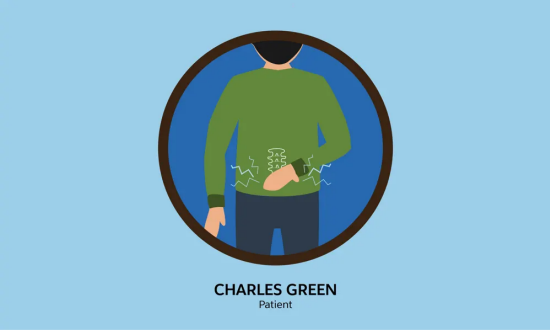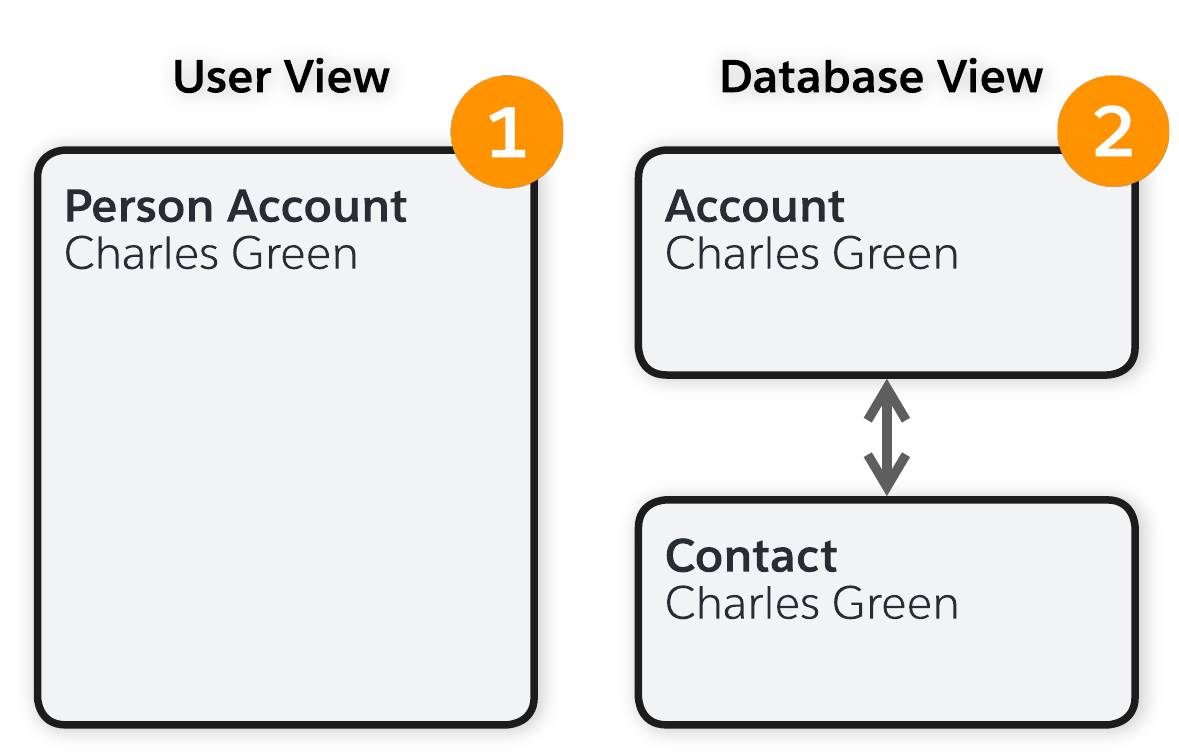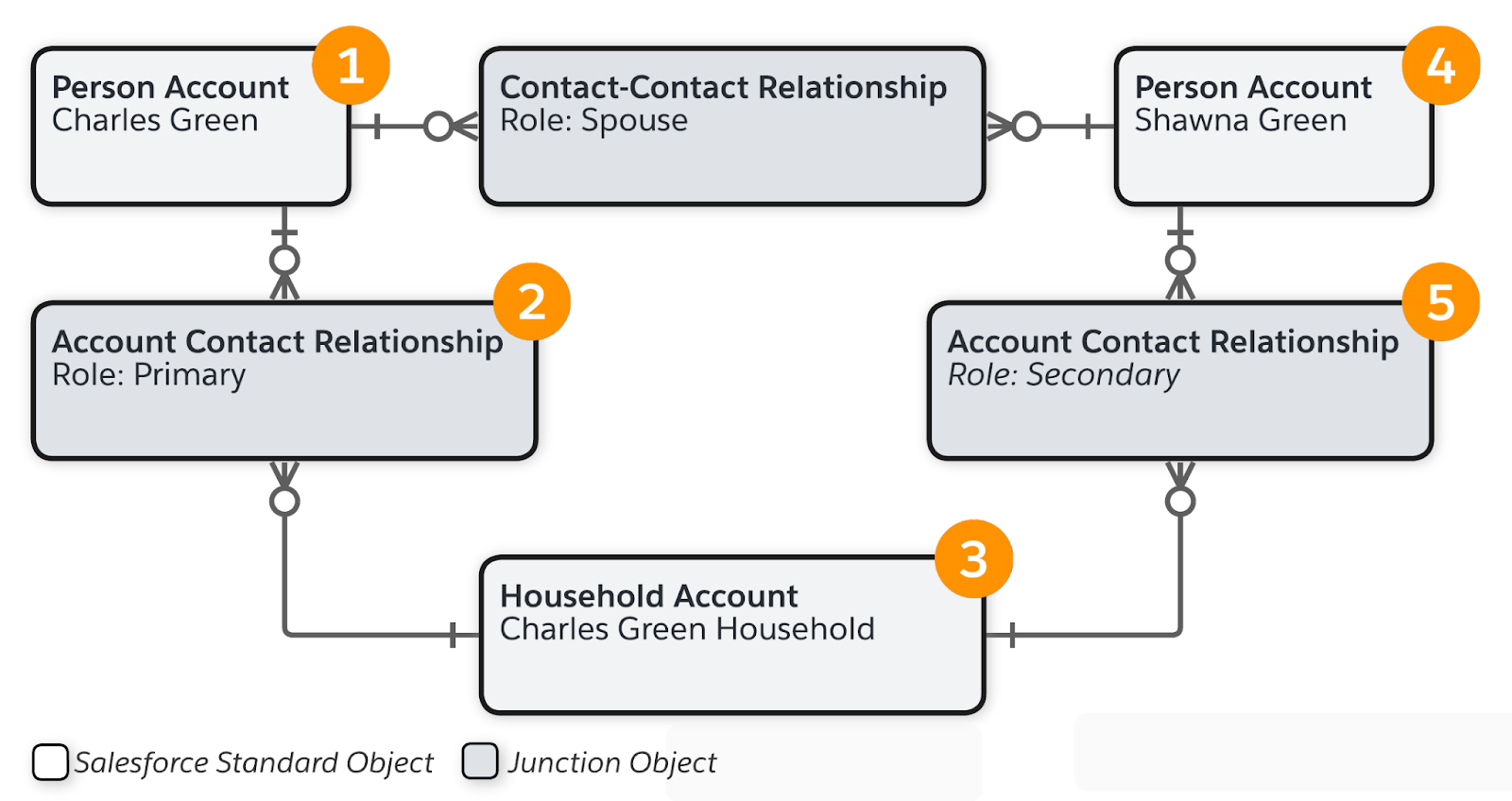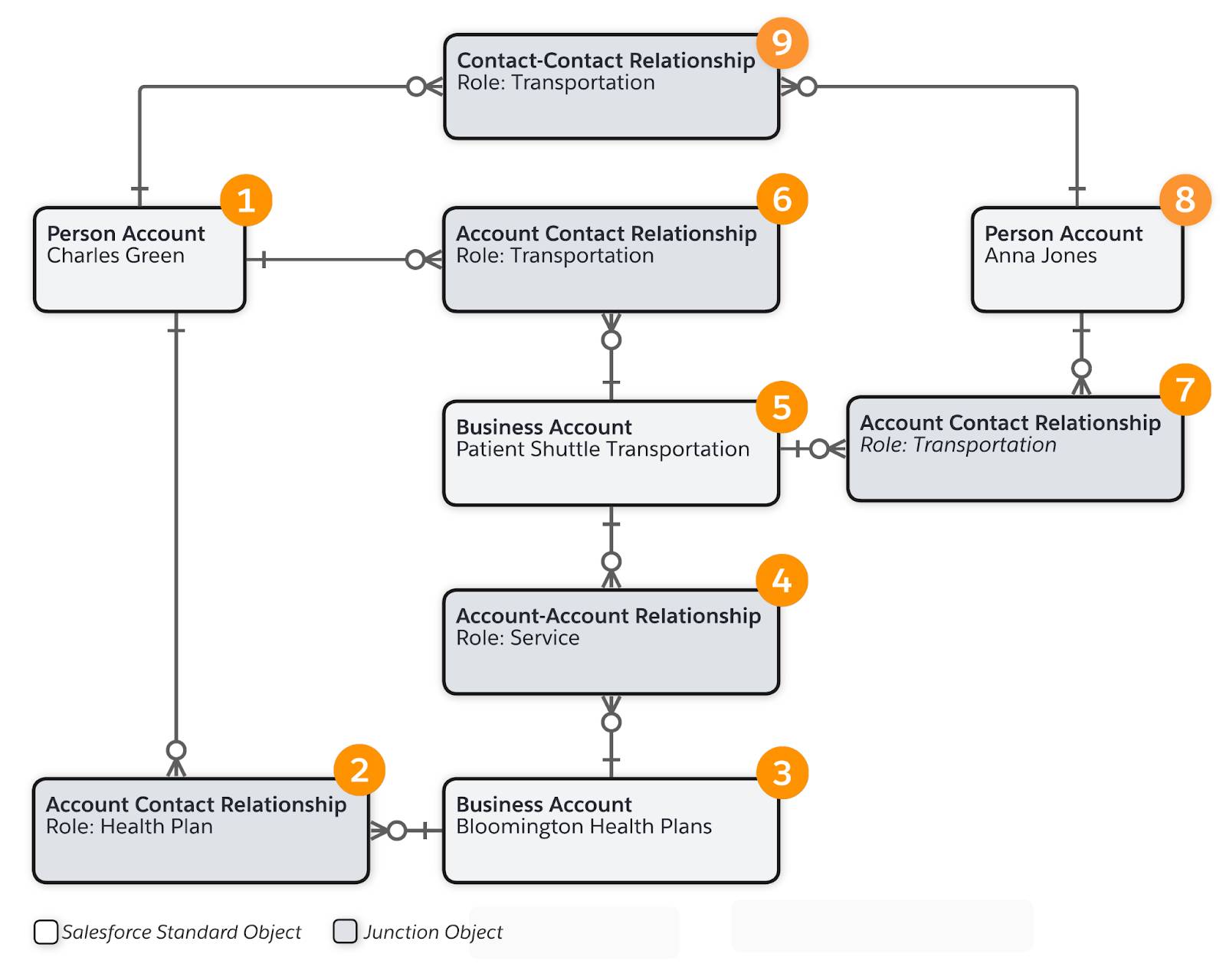Take a Look at the Household Data Model
Learning Objectives
After completing this unit, you’ll be able to:
- Explain the purpose of a data model within the context of Health Cloud.
- Map Health Cloud data models to a patient’s healthcare journey.
- Explain why Health Cloud uses person accounts for patient and member records.
- Describe the relationships in the Health Cloud household data model.
Before You Begin
Before you start this module, consider completing this recommended content.
Health Cloud Data Models
Health Cloud’s data models represent the objects and fields that support specific healthcare business processes. These data models underlie Health Cloud’s capabilities and features, and provide insight into the kinds of data you can store in Health Cloud. You need to understand the data models to successfully implement and adopt Health Cloud.
If you completed the Data Modeling module, you know that a data model is a way to show what database tables look like in a way that makes sense to humans. In Salesforce, we think about database tables as objects, we think about columns as fields, and rows as records.
When we discuss the data model, we’re talking about a collection of objects and how they connect (relate) to each other.
When you know the data model, you know what Health Cloud can already do when you implement new functionality. You avoid creating custom objects and fields that duplicate existing functionality, and you can take advantage of new and enhanced functionality as it’s released in the future.
A Patient’s Healthcare Journey
This module introduces you to the Health Cloud data models that are relevant to the healthcare journey of patient Charles Green.

Charles visits the hospital because he has a pain in his lower back. His doctor runs tests, diagnoses the issue, and prescribes Pain-Away medication for pain management. The doctor also enrolls Charles in a care program for patients who have been prescribed this medication. When Charles is enrolled in the care program, the team creates a care plan to take care of Charles’s health. When Charles takes a care program survey, he responds that he doesn’t have a car and he can’t pick up his prescriptions on time.
As part of his health insurance plan, Charles is entitled to rehabilitative services. Charles finds a physical therapist to help him with his condition, and he schedules an appointment with the physical therapist. His physical therapist submits a preauthorization request for the physical therapy sessions to Bloomington Health Plans, Charles’s health insurance provider. Later, the physical therapist verifies Charles’s benefits before filing a claim.
Let’s map this scenario to the relevant Health Cloud data models.
Scenario |
Data Model |
|---|---|
Map the caregivers and organizations that support Charles Green’s healthcare journey. |
Household |
Charles visits the hospital because he has a pain in his lower back. His doctor runs tests, diagnoses the issue, and prescribes medication. |
Clinical |
As part of his health insurance plan, Charles is entitled to rehabilitative services. A physical therapist files a claim. |
Health Insurance and Claims |
His doctor enrolls Charles in a care program for patients who have been prescribed Pain-Away medication for pain management. |
Care Program |
When Charles is enrolled in the care program, the team creates a care plan to take care of Charles’s health. |
Integrated Care Management |
Charles doesn’t have a car and he can’t pick up his prescriptions on time. |
Social Determinants of Health |
Charles must find a physical therapist to help him with his condition. |
Provider |
Charles schedules an appointment with his physical therapist. |
Intelligent Appointment Management |
Charles’s physical therapist submits a preauthorization request for the physical therapy sessions to Bloomington Health Plans, Charles’s health insurance provider. |
Utilization Management |
Charles’s physical therapist verifies his benefits before filing a claim. |
Benefits Verification |
We expand the scenario as we explore most of these data models throughout this module. We cover the purpose of each data model and describe key objects that are relevant to the scenario. Each data model offers a particular viewpoint of Health Cloud, and some objects appear in multiple diagrams. For example, each data model includes the Account object (Person record type) to represent the patient. Let’s get started with this object first.
Person Records for Patients and Members
If you have experience working in Salesforce, you’re familiar with the traditional account-contact model. In this model, accounts represent organizations, and contacts represent people. A contact exists only in relation to an account.
The traditional account-contact model is great for modeling people and organizations. However, most healthcare organizations don’t consider their patients or members in the context of an organization. Therefore, Health Cloud uses person accounts to represent a healthcare patient or member.
In Health Cloud,always model your patients or members as person accounts. You can’t fully use Health Cloud functionality if you don’t model your patients and members as person accounts. The same person account record represents Charles as a patient and a member. Person accounts store information that applies to human beings rather than organizations, such as a first name and a last name, title, address, and birthdate.
In the database, a person account is an account with a Person record type. A person account record combines an account and a contact to represent a person without the need to relate that person to an organization.

In this example, the user view (1) shows a single record of a person called Charles Green. This record consolidates information from the account and contact records. However, behind the scenes, the database view (2) shows the record is actually an account and a contact with a 1-to-1 ratio, bi-directionally linked, representing a single person.
Let’s see how records for organizations and other people relate to Charles’s person account record.
The Household Data Model
In the context of Health Cloud, the household data model maps the relationships between patients or members and the people and organizations who participate in their care. This map helps caregivers work more efficiently as they engage with the patient and provide them with the appropriate care.
The Account and Contact objects represent these caregivers and organizations. Business account records represent organizations. Person account or contact records represent people. A relationship type determines whether the relationship is between an organization and a person, two organizations, or two people.
The Account Contact Relationship, Account-Account Relationship, and Contact-Contact Relationship junction objects represent the relationship types. Junction objects are objects with two parent-child relationships that are the key to creating many-to-many relationships between objects. This means that one parent record can relate to many child records and each child can relate to many parent records. For example, a single account record can relate to many contact records, while a single contact record in turn can relate to many accounts.
Here’s what each relationship type means.
Relationship Type |
Description |
|---|---|
Account Contact Relationship |
A relationship between an account that represents an organization (or a household) and a person account or contact that represents a person. |
Account-Account Relationship |
A relationship between two business accounts or between a household and a business account. |
Contact-Contact Relationship |
A relationship between two contacts or two person accounts. |
Let’s see this in action with a few examples.
Example One
Charles is married to Shawna Green.

Charles’s person account record (1) has a contact-contact relationship (2) with Shawna’s person account record (3). The Role field adds further detail about the nature of each relationship, which in this example is Spouse.
Example Two
Charles and Shawna make up the Green household.

Charles’s person account record (1) has an Account Contact relationship (2) with the Green household account record (3). Because Charles is the patient, he’s the primary contact for the household. Shawna’s person account record (4) also has an Account Contact relationship (5) with the Green household account record. Shawna is the secondary contact for the household.
Example Three
Charles needs rides to his medical appointments. Charles has a health insurance plan with Bloomington Health Plans, which covers shuttle transport for patients as an insurance benefit. Patient Shuttle Transportation is an approved provider of this service. Anna Jones is an employee of Patient Shuttle Transportation. She’s a transportation coordinator who arranges rides to medical appointments for Charles.

This example involves all three relationship types.
Relationship Type |
Example |
|---|---|
Account Contact |
|
Account-Account |
Bloomington Health Plans has an account-account relationship (4) with the Patient Shuttle Transportation business account (5). |
Contact-Contact |
Charles has a contact-contact relationship (9) with Anna. |
We jumped ahead in Charles’ story when we discussed his household map. In the next unit, we return to when Charles takes the first step on his healthcare journey.
Resources
